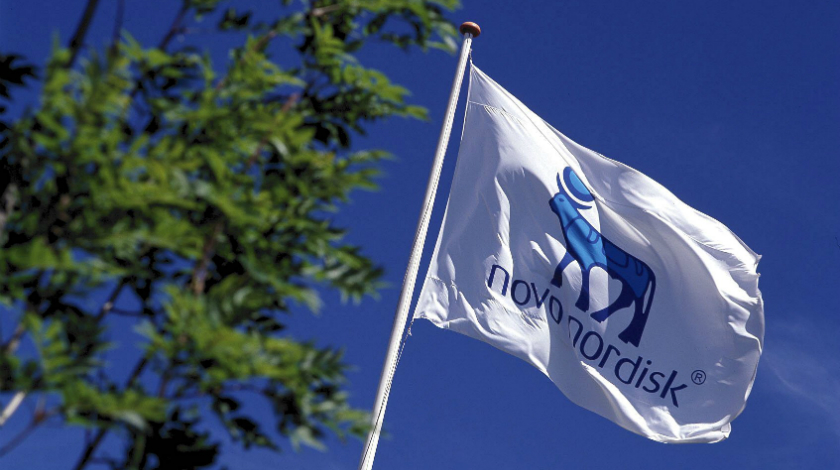Novo Nordisk beats Q2 profit forecasts by cutting costs

Denmark’s Novo Nordisk has beaten profit forecasts in the second quarter after overcoming tough conditions in the diabetes market by improving its productivity.
Novo said that COVID-19 has begun to affect sales, with fewer new starts as a result of social distancing measures.
The company’s diabetes care products saw an increase in sales during the second quarter, although this was offset by lower sales of insulin.
But net profit for the three months to 30 June increased to 10.63 billion Danish kroner ($1.69bn), up from 9.6 billion DKK ($1.53 billion) in the same period last year.
This was on sales that were flat at 30 billion DKK ($4.77 billion), slightly below analysts’ expectations.
Sales growth is expected to be between 3% and 6% at constant exchange rates while reported sales growth is expected to be slightly lower.
The company said in its results statement: "The increased gross margin reflects productivity improvements, mainly within insulin and GLP-1, a positive product mix driven by increased GLP-1 sales and a positive currency impact of 0.2% percentage points."
For years Sanofi has been Novo’s major rival, but the French company is turning its back on diabetes after it failed to find a successor to its big-selling insulin Lantus.
That leaves Novo to slug it out with Eli Lilly, which has a cheaper biosimilar of Lantus and a big-selling GLP-1 class drug.
Insulins are still important for Novo Nordisk, bringing in sales of 29.5 billion in the first half, but this figure was down by a reported 3% compared with last year’s H1 total.
But sales of the company’s GLP-1 drugs are increasing, and were up 30% in the first half to 19.4 billion DKK ($3.1 billion).
This is down to the popularity of Novo’s weekly injected GLP-1 drug Ozempic (semaglutide), which increased sales by a reported 156% to 9.6 billion DKK ($1.53bn), although sales of Novo’s older daily injection Victoza are falling.
Novo’s daily semaglutide pill Rybelsus is also beginning to contribute, bringing in sales of 584 million DKK (around $93 million) in the first half after US approval in September last year.












